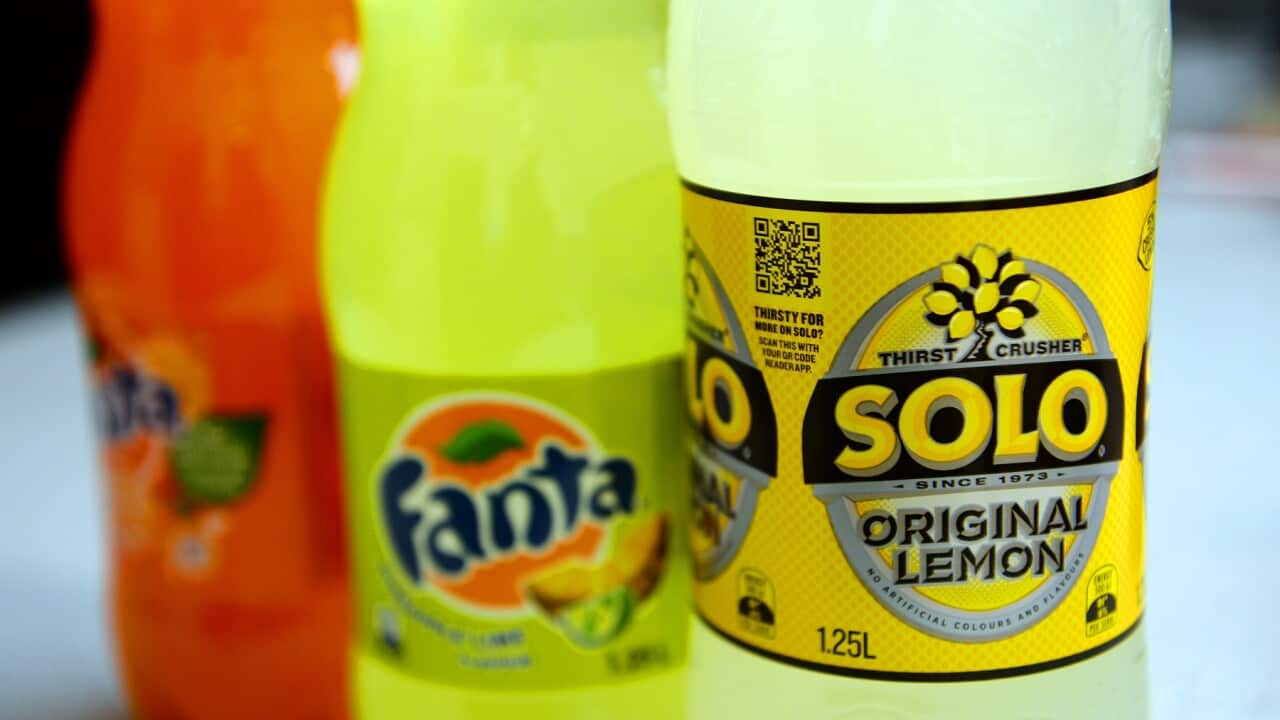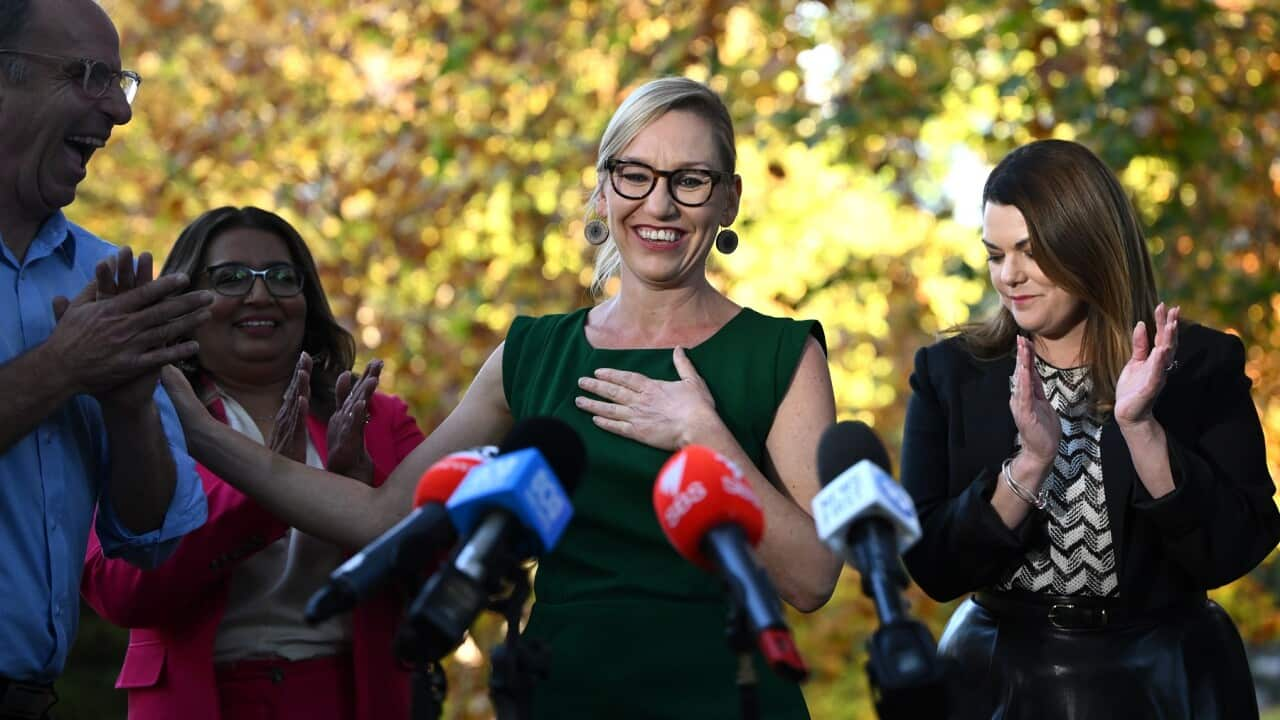TRANSCRIPT
At the age of 31, Jill Donohoo ((don-uh-HOO)) received a life-changing Type 2 diabetes diagnosis.
"My doctor ran some blood, and found that I had developed diabetes really quickly and really severely. It was such a shock, it really threw me."
The south-western Sydney resident is one of as many as two million Australians, according to estimates by Diabetes Australia, who are living with a form of diabetes.
She's also among thousands prescribed the drug Ozempic to manage her blood glucose.
"I take Ozempic once a week, it's an injection, and learning how to inject myself, I learned when I started insulin. But still, having to inject myself with Ozempic, it's a bit of a pain, and it has some unpleasant symptoms, some side effects, but it's been really helpful for my diabetic management, in terms of, it helps keep my blood glucose levels quite stable."
Medications like Ozempic also reduce appetite and slow digestion.
As a result, they've exploded in popularity as a miracle drug for weight-loss.
There's been a global supply shortage since 2022, with replica drugs flooding the market to meet demand.
But the federal government banned copies of the drug from October due to safety concerns, with a knock-on effect for diabetes patients like Jill.
"It's stressful not knowing, will I be able to get it? Will this be the time that I can't get it? Or will go I back to big waiting lists, which was what there was a few months ago? And it's frustrating that people who don't really need Ozempic are getting it."
So, in a new report, Diabetes Australia has recommended increasing regulatory measures for drugs like Ozempic to strengthen the supply chain for diabetes patients.
It has also called for a mandated health star rating on packaged foods and a 20 per cent levy on sugar-sweetened drinks.
This last measure has drawn criticism from the non-alcoholic drinks industry.
Geoff Parker, Chief Executive of the Australian Beverages Council, says taxes on soft drinks are antiquated.
"Our sugar reduction pledge launched in 2018 is a commitment to reduce companies' portfolios by 2025. Taxes on soft drinks are really antiquated and tired ideas, to be frank, to address complex issues, like (being) overweight and obesity and diabetes, obviously."
But Dr Michael Bonning of the Australian Medical Association rejects that idea.
"These health levies have been shown to work around the world. Prevention is the first cab off the rank ((the priority)) and must be to reduce rates of diabetes. 'Crisis' is an appropriate characterisation of where we are with diabetes in Australia, there are more than 300 people a day diagnosed with diabetes."
In the past decade, the number of people living with diabetes has risen by 32 per cent.
The rate of diagnosis in people aged between 21 and 39 has almost doubled, jumping 17 per cent for those under 20.
Gestational Diabetes - diabetes first recognised during pregnancy - is the fastest growing type.
And Aboriginal and Torres Strait Islander communities are experiencing the world’s highest rates of youth-onset Type 2 diabetes
Ray Kelly, a Gomeroi man and exercise physiologist, runs Too Deadly for Diabetes, which provides programs to help Indigenous communities deal with Type 2 diabetes.
He says his own family has a history of the illness.
"(My) parents both got diabetes, my grandparents, grandfather died of a heart attack at 52, and my uncle at 44, on my Aboriginal line. The community's just - it just happens everywhere. The greatest obstacle for Aboriginal people with improving Health outcomes with type 2 diabetes is actually access to healthcare. Without that all we've got is medication and medications are a bandaid."
As calls grow for a national diabetes prevention plan, Federal Health Minister Mark Butler has said the Government is waiting to receive a report from a parliamentary committee into the disease.
For Jill Donohoo, that can't come soon enough.
"Having known what my experience has been as someone who was first diagnosed, and then living with diabetes, it's not something I'd wish on anyone. And I think more has to be done from a public health policy perspective in terms of, how do we treat diabetes, not just individual patients, but holistically."













